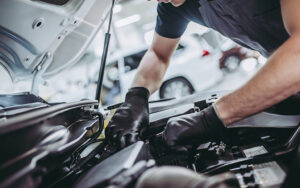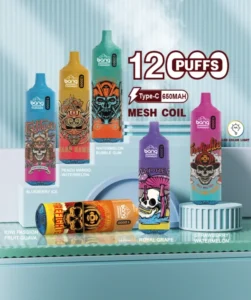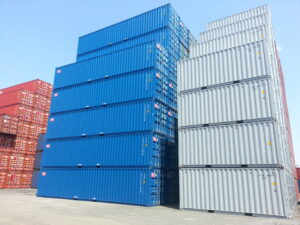
In the realm of industrial evaporation processes, two advanced technologies stand out for their efficiency and energy-saving capabilities: Thermal Vapor Recompression (TVR) and Mechanical Vapor Recompression (MVR). These methods play crucial roles in various industries where concentration and recovery of liquids are essential. This blog delves into the intricacies of TVR and MVR, comparing their principles, applications, advantages, and considerations.
Thermal Vapor Recompression (TVR)
Thermal Vapor Recompression (TVR) is a technique used in evaporative processes to enhance energy efficiency. It operates on the principle of recycling vapor within a multiple-effect evaporator system. Here’s how it works:
- Principle: In a TVR system, vapor from one stage of the evaporator is compressed using thermal energy (e.g., steam) and then used to heat the same stage. By increasing the pressure and temperature of the vapor, TVR effectively recycles energy within the system.
- Energy Savings: TVR significantly reduces the need for additional external heat input (such as steam), thereby lowering overall energy consumption. It optimizes the use of latent heat within the system, leading to improved efficiency and cost savings.
- Applications: TVR is well-suited for applications where moderate energy savings are desired without the need for complex mechanical systems. It finds use in industries such as food processing, chemical manufacturing, and wastewater treatment.
- Advantages:
- Cost-effectiveness: TVR systems are often simpler and more cost-effective to implement compared to MVR.
- Suitability for Smaller Scale Operations: Ideal for smaller scale operations where moderate energy efficiency gains are sufficient.
- Reliability: Requires less maintenance compared to mechanical systems like MVR.
- Considerations:
- Limitations in Energy Recovery: TVR systems may have limitations in achieving high levels of energy recovery compared to MVR.
- Scale: May not be as scalable for large industrial applications compared to MVR systems.
Mechanical Vapor Recompression (MVR)
Mechanical Vapor Recompression (MVR) is another advanced evaporative technology that utilizes mechanical energy to recycle vapor and enhance energy efficiency. Here are key aspects of MVR:
- Principle: MVR involves using a mechanical compressor to increase the pressure and temperature of vapor from the evaporator. This compressed vapor is then reused as a heating medium in the evaporation process.
- Energy Efficiency: MVR systems can achieve higher levels of energy recovery compared to TVR, making them more efficient for larger scale industrial applications. They are capable of handling larger volumes of vapor and achieving greater energy savings.
- Applications: MVR is widely used in industries requiring high levels of energy efficiency, such as dairy processing, pharmaceutical production, and chemical synthesis.
- Advantages:
- High Efficiency: MVR systems can achieve significant energy savings and operational efficiency, especially in large-scale operations.
- Scalability: Suitable for scaling up to handle larger volumes of vapor and higher process capacities.
- Versatility: Can be adapted to various industrial processes requiring intense heat recovery and concentration.
- Considerations:
- Complexity and Cost: MVR systems are generally more complex and costly to install and maintain compared to TVR systems.
- Mechanical Components: Requires regular maintenance of mechanical components such as compressors and pumps.
Comparison and Considerations
When choosing between TVR and MVR systems, several factors should be considered:
- Scale of Operation: TVR is suitable for smaller scale operations where moderate energy savings are sufficient, while MVR is ideal for larger industrial applications requiring intensive heat recovery.
- Energy Efficiency Goals: MVR offers higher energy recovery capabilities and is therefore more suitable for industries prioritizing maximum efficiency and cost savings.
- Complexity and Maintenance: TVR systems are simpler and require less maintenance compared to MVR systems, which involve mechanical components.
Conclusion
Both Thermal Vapor Recompression (TVR) and Mechanical Vapor Recompression (MVR) are advanced technologies that significantly enhance the energy efficiency of evaporative processes. While TVR is cost-effective and suitable for moderate energy savings in smaller scale operations, MVR excels in larger industrial applications where intensive heat recovery and efficiency are paramount. Understanding the principles, applications, advantages, and considerations of TVR and MVR allows industries to make informed decisions to optimize their evaporative processes effectively.

























It’s in reality a great and helpful piece of info.
I am glad that you shared this helpful info with us.
Please keep us up to date like this. Thanks for sharing.